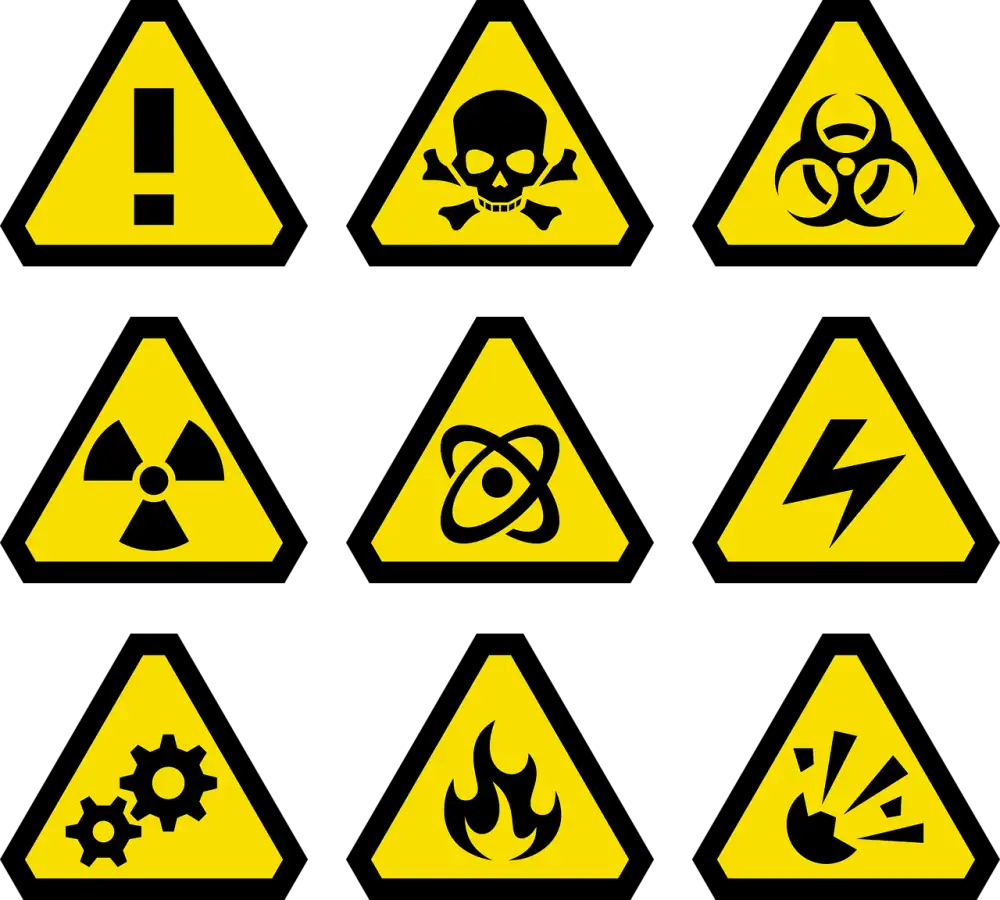Unveiling Air Fryer Health Concerns: Exploring the Potential Toxicity Risks

- Explanation of the cooking process in air fryers and how they work
- Discussion on the potential health risks associated with using air fryers
- Explanation of the production of acrylamide, a potentially toxic substance, in air-fried foods
- Overview of the negative effects of acrylamide on human health
- Tips on how to minimize the production of acrylamide when using an air fryer
- Discussion on other potential health concerns related to air fryer usage, such as exposure to harmful chemicals from non-stick coatings
Air fryers have become increasingly popular in modern kitchens due to their ability to cook food with less oil, resulting in healthier and lower-calorie meals. These countertop appliances use hot air circulation to mimic the cooking process of deep frying, but with significantly less oil. They offer a convenient and efficient way to achieve crispy and delicious results, making them a favorite among health-conscious individuals and those looking for a guilt-free alternative to traditional frying methods.
Explanation of the cooking process in air fryers and how they work
Air fryers have gained immense popularity in modern kitchens due to their ability to cook food with minimal oil, resulting in healthier and lower-fat meals. The cooking process in air fryers involves the circulation of hot air around the food, creating a crispy outer layer while maintaining moisture inside. This is achieved through the use of a heating element and a high-powered fan that rapidly circulates the hot air within the cooking chamber. The hot air quickly cooks the food, giving it a similar texture to deep-fried dishes without the excessive use of oil. Air fryers also come with adjustable temperature controls, allowing users to customize the cooking process according to their preferences. Overall, this innovative cooking appliance offers a convenient and efficient way to enjoy fried foods with reduced fat content.
Discussion on the potential health risks associated with using air fryers
Air fryers have gained immense popularity in modern kitchens due to their ability to cook crispy and delicious food with minimal oil. However, there are potential health risks associated with using air fryers that need to be considered.
One concern is the formation of harmful compounds when foods are cooked at high temperatures. When food is exposed to high heat, a chemical reaction called the Maillard reaction occurs, resulting in the formation of acrylamide and other potentially toxic substances.
Additionally, cooking foods at high temperatures can lead to the production of advanced glycation end products (AGEs), which have been linked to various health issues including inflammation and oxidative stress.
While more research is needed to fully understand the impact of these compounds on human health, it is important to be aware of these potential risks when using air fryers.
Explanation of the production of acrylamide, a potentially toxic substance, in air-fried foods
When food is cooked at high temperatures, a chemical reaction called the Maillard reaction occurs. This reaction between amino acids and reducing sugars leads to the formation of acrylamide, a potentially toxic substance. Air fryers, which use hot air circulation to cook food, can also produce acrylamide when certain foods are cooked at high temperatures for extended periods. Acrylamide is most commonly found in starchy foods like potatoes and bread, which are often favorites for air frying. It is important to be aware of this potential health risk and take steps to minimize its production when using an air fryer.
Overview of the negative effects of acrylamide on human health
Acrylamide, a potentially toxic substance, is formed when starchy foods are cooked at high temperatures, such as in air fryers. Research has shown that long-term exposure to acrylamide may increase the risk of developing certain types of cancer. Additionally, it can have detrimental effects on the nervous system and may lead to neurological disorders. It is important to be aware of these risks and take necessary precautions when using air fryers to minimize the production of acrylamide in our cooked foods.
Tips on how to minimize the production of acrylamide when using an air fryer
To minimize the production of acrylamide when using an air fryer, there are a few simple tips to keep in mind. First, avoid overcooking or burning your food as this can increase acrylamide formation. It's important to follow the recommended cooking times and temperatures for different foods. Secondly, soak starchy foods like potatoes in water for 15-30 minutes before air frying to reduce their acrylamide content. This helps remove some of the natural sugars that contribute to acrylamide formation. Lastly, consider using alternative cooking methods for certain foods that are known to have high acrylamide levels, such as deep-frying or boiling instead of air frying. By being mindful of these tips, you can enjoy the benefits of air frying while minimizing potential health risks.
Discussion on other potential health concerns related to air fryer usage, such as exposure to harmful chemicals from non-stick coatings
Another potential health concern related to air fryer usage is the exposure to harmful chemicals from non-stick coatings. Many air fryers use a non-stick coating on their cooking baskets and trays, which can release toxic fumes when heated at high temperatures. These fumes contain perfluorooctanoic acid (PFOA), a chemical that has been linked to various health issues including cancer, liver damage, and developmental problems. To minimize exposure to these harmful chemicals, it is recommended to choose air fryers with ceramic or stainless steel cooking surfaces instead of non-stick coatings. Additionally, using lower temperatures and avoiding scratching the coating can help reduce the risk of chemical release during cooking.
In conclusion, while air fryers have gained popularity for their ability to cook food with less oil and produce crispy results, it is important to be aware of the potential health risks associated with their usage. The production of acrylamide, a potentially toxic substance, in air-fried foods is a concern. Additionally, exposure to harmful chemicals from non-stick coatings can pose health risks. To minimize these risks, it is recommended to use the air fryer in moderation and balance it with other cooking methods. Incorporating a variety of cooking techniques and consuming a balanced diet will ensure healthier cooking practices overall.
Published: 11. 01. 2024
Category: Health



